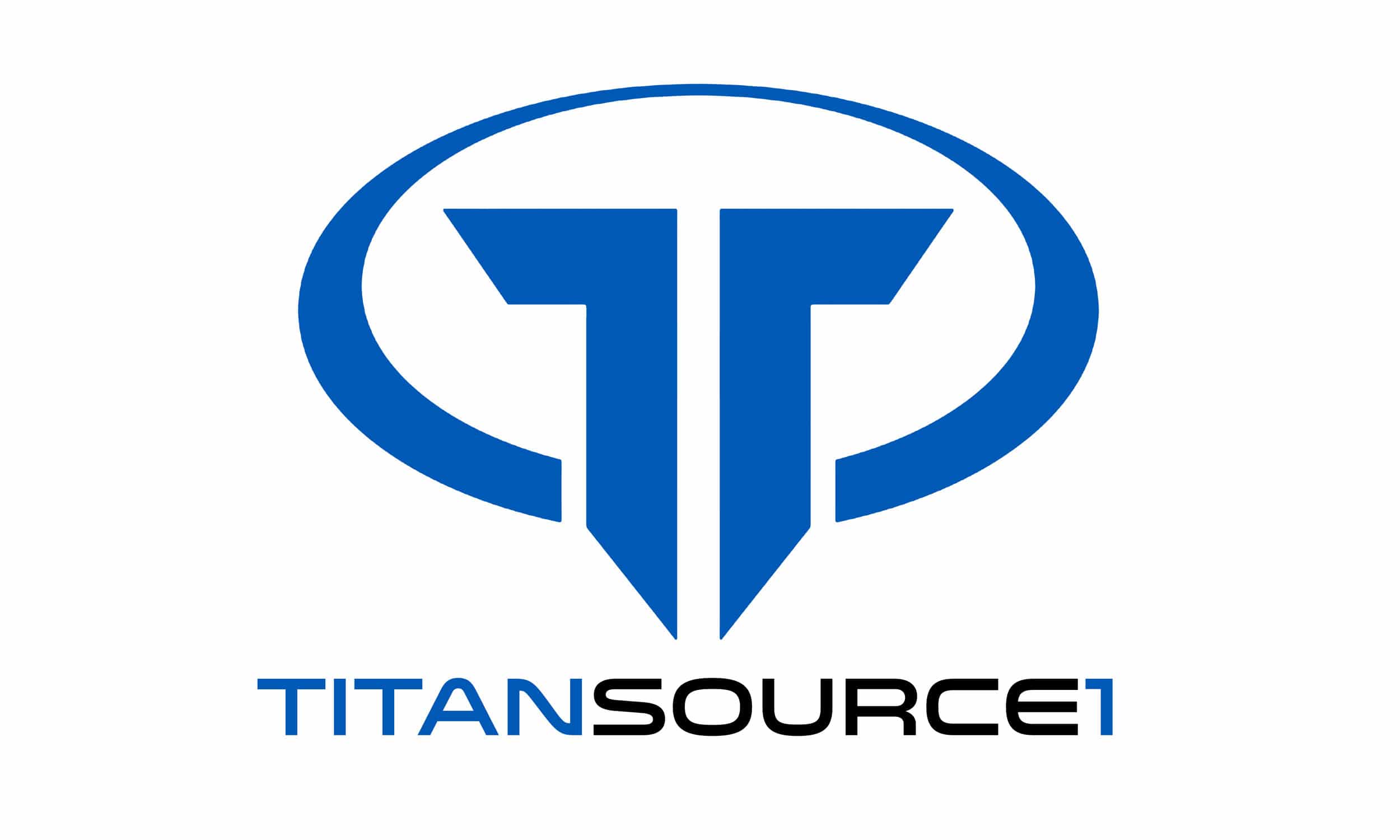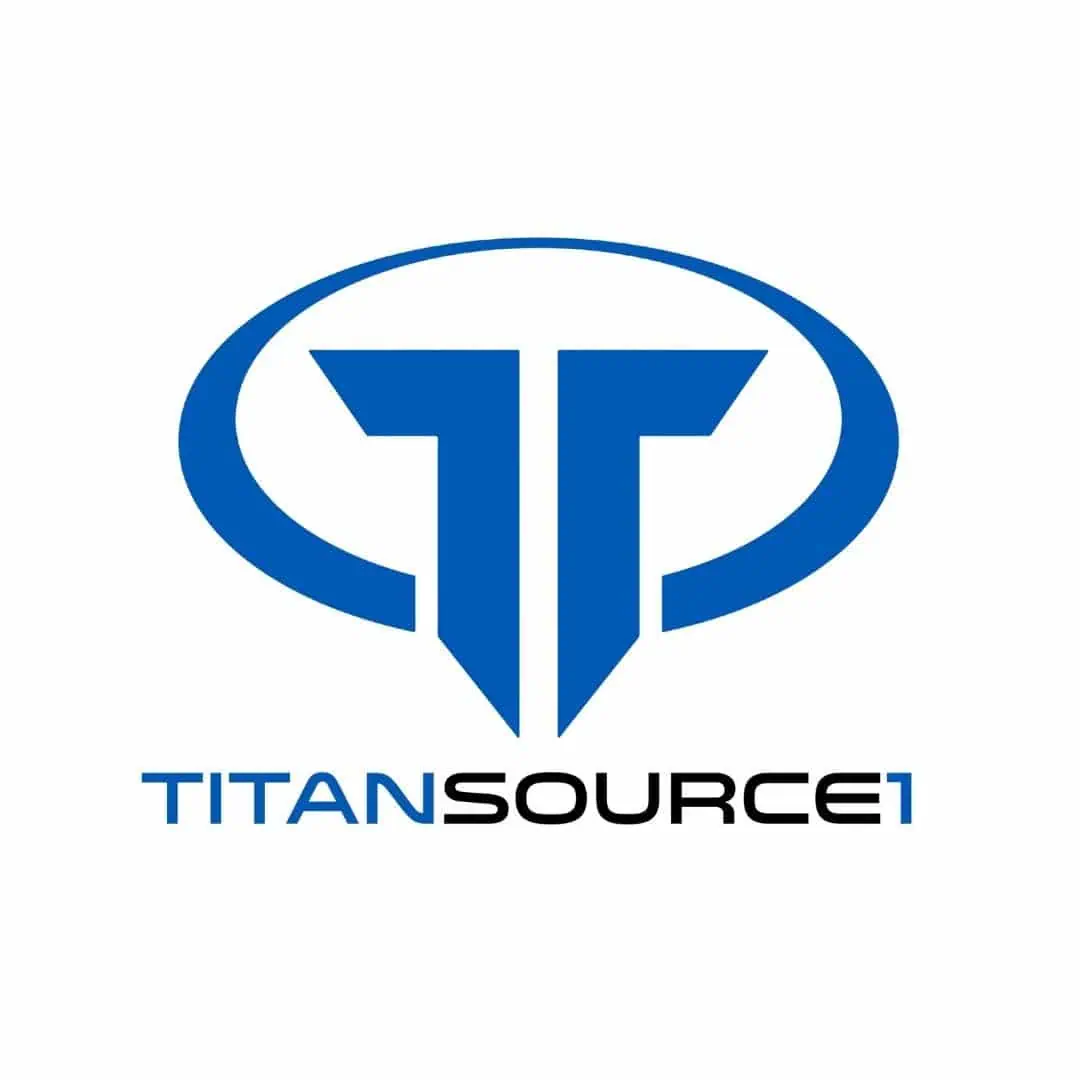In a world that has become hyper-aware of the importance of cleanliness and hygiene, the need for professional sanitization has never been more critical. With the rise of various pathogens, from viruses to bacteria, businesses, industries, and institutions are seeking cutting-edge solutions to ensure safe and sanitized environments. Enter UV light technology – the revolutionary method that is transforming the way professionals sanitize and disinfect various spaces. Join us as we uncover the secrets of UV light technology in action and how it’s taking professional sanitization to a whole new level.
Understanding UV Light Technology
At the heart of UV light technology lies the invisible power of ultraviolet radiation. UV light is classified into three categories based on wavelength: UV-A, UV-B, and UV-C. It’s the latter, UV-C, that holds the key to effective sanitization. This short-wavelength UV light possesses the unique ability to disrupt the DNA and RNA of microorganisms, rendering them unable to reproduce and effectively inactivating them.
Unlike chemical-based sanitization methods, UV light technology doesn’t rely on harmful substances. Instead, it utilizes the natural power of light to target and eliminate pathogens, making it an eco-friendly and chemical-free solution for professional sanitization.
Applications of UV Light Sanitization in Different Industries
The applications of UV light technology in professional sanitization span across various industries, each with its unique needs and challenges. In healthcare settings, UV light is employed to disinfect medical equipment, hospital rooms, and high-touch surfaces, reducing the risk of healthcare-associated infections (HAIs) and safeguarding patients and healthcare workers.
The food industry utilizes UV light to prevent cross-contamination and maintain food safety. UV-C technology is especially effective in neutralizing harmful bacteria and viruses on food surfaces, ensuring that consumers enjoy safe and uncontaminated food products.
Beyond healthcare and food, UV light technology finds application in diverse sectors. In hospitality, it’s used to sanitize hotel rooms and public spaces, instilling confidence in guests and ensuring a hygienic environment. Schools and educational institutions utilize UV light to disinfect classrooms and shared spaces, offering a safer learning environment for students and teachers. Even public transportation systems integrate UV light sanitization to protect commuters and passengers from potential pathogens.
UV Light Sanitization Devices and Equipment
To put UV light technology into action, professionals rely on a range of advanced sanitization devices and equipment. UV disinfection robots are becoming increasingly popular, capable of autonomously navigating through spaces and delivering targeted UV-C light to disinfect large areas efficiently.
For smaller spaces and specialized sanitization needs, handheld UV-C devices offer flexibility and portability. These handheld devices are perfect for targeting high-touch surfaces and hard-to-reach areas, providing an extra layer of sanitization assurance.
UV-C lamps, on the other hand, are designed to be installed in fixed locations, such as HVAC systems or air purifiers, to continuously disinfect air and surfaces. These lamps work silently and effectively to keep the environment clean and pathogen-free.
Benefits and Limitations of UV Light Sanitization
The benefits of UV light technology for professional sanitization are vast and game-changing. UV light effectively inactivates a wide range of pathogens, including bacteria, viruses, and mold spores, without leaving any harmful residues or chemical odors.
Moreover, UV light is a non-contact method of sanitization, eliminating the need for manual wiping or scrubbing, which can spread contaminants. It’s a time-efficient process, allowing professionals to disinfect spaces quickly and effectively.
However, like any technology, UV light sanitization has its limitations. It works best on exposed surfaces and requires direct line-of-sight to effectively disinfect. Shadows and obstacles can hinder its efficacy, making it essential for professionals to strategically position UV light devices for maximum coverage.
UV Light Safety Measures and Guidelines
Safety is of utmost importance when using UV light technology for professional sanitization. UV-C light can be harmful to human skin and eyes if proper precautions are not taken. Professionals operating UV light devices should wear appropriate personal protective equipment (PPE), such as gloves and safety glasses, to avoid direct exposure to UV radiation.
Furthermore, it’s crucial to ensure that spaces being sanitized are vacant of people and pets during UV light operation. Clear signage and protocols should be in place to indicate when UV sanitization is in progress, keeping occupants safe from accidental exposure.
Challenges and Innovations in UV Light Sanitization
As UV light technology gains traction in professional sanitization, it’s not without its challenges. Ensuring even coverage in complex environments and overcoming shadowed areas are ongoing concerns for professionals.
However, ongoing research and innovation are addressing these challenges. Advancements in UV-C technology, such as the development of more powerful and efficient UV light sources, are enhancing the efficacy of sanitization. Researchers are also exploring ways to integrate UV light with other disinfection methods for comprehensive and robust sanitization solutions.
Integrating UV Light Sanitization into Professional Practices
For businesses and industries looking to adopt UV light technology for professional sanitization, it’s essential to integrate it seamlessly into their regular cleaning protocols. By incorporating UV light sanitization as a complementary method alongside traditional cleaning, professionals can create a multi-layered approach to disinfection.
Investing in UV light technology is an investment in long-term cleanliness and safety. While there may be upfront costs, the benefits of enhanced sanitization, improved customer confidence, and reduced risk of infections make it a worthwhile endeavor.
UV light technology is revolutionizing professional sanitization, offering a powerful, eco-friendly, and effective solution for diverse industries. With its ability to inactivate harmful microorganisms, UV light is becoming the go-to method for safeguarding businesses, healthcare facilities, schools, and more.
By understanding the applications, benefits, and safety measures associated with UV light technology, professionals can harness its full potential to create clean, safe, and pathogen-free environments. Let UV light technology be your ultimate weapon in the fight against pathogens, ensuring your spaces remain not only clean but also safe for occupants and customers alike.
As we move forward, ongoing research and innovation in UV light technology will undoubtedly address current limitations, making it even more efficient and accessible. Industry experts and professionals are continuously working to refine UV light devices, optimize UV-C light delivery, and develop integrated solutions to overcome challenges such as shadowed areas.
Integrating UV light sanitization into your professional practices requires careful planning and consideration. Start by identifying high-traffic areas, high-touch surfaces, and critical spaces that require frequent sanitization. Collaborate with industry experts and manufacturers to select the right UV light equipment tailored to your specific needs.
Education and training for your staff are essential to ensure that UV light sanitization is performed safely and effectively. Implementing standard operating procedures (SOPs) and safety protocols will help maintain a consistent and safe approach to using UV light technology.
As the demand for safe and clean environments continues to rise, UV light technology is becoming increasingly accessible to businesses of all sizes. The initial investment may seem significant, but the long-term benefits in terms of improved hygiene, reduced infection rates, and enhanced customer confidence outweigh the costs.
UV light technology is paving the way for professional sanitization in various industries. Its ability to inactivate pathogens without the use of harmful chemicals makes it an eco-friendly and effective solution. By understanding its applications, benefits, limitations, and safety measures, professionals can harness the power of UV light to create pristine and pathogen-free environments.
As we move forward, continuous advancements and research will further enhance the efficiency and accessibility of UV light technology. By integrating UV light sanitization into your regular cleaning protocols and investing in the right equipment, you can elevate your sanitization practices to a new level of excellence. TITANSOURCE1 is dedicated to creating innovative technologies that are energy efficient and safe for the environment.
When you want to annihilate germs, we have a safe, low-cost, and effective solution. TS CBlue™ lanterns are UV lamps on steroids. This is the standard in disinfectant technology and is used by most hospitals. We audit the units for full efficiency, maintain all parts and service the lanterns with pride. No need to purchase expensive equipment and can reduce cleaning supply costs. One of the many reasons most facilities use TS CBlue™.
Step into a world where cleanliness and safety go hand in hand, powered by the brilliance of UV light technology.
Titan Source 1 is a leading environmental consulting company specializing in innovative solutions for environmental waste cleanup. Our cutting-edge products and expert services are designed to protect and restore natural ecosystems. With a commitment to sustainability and excellence, Titan Source 1 provides tailored strategies to address diverse environmental challenges. Partner with us to achieve a cleaner, safer, and healthier planet for future generations.


